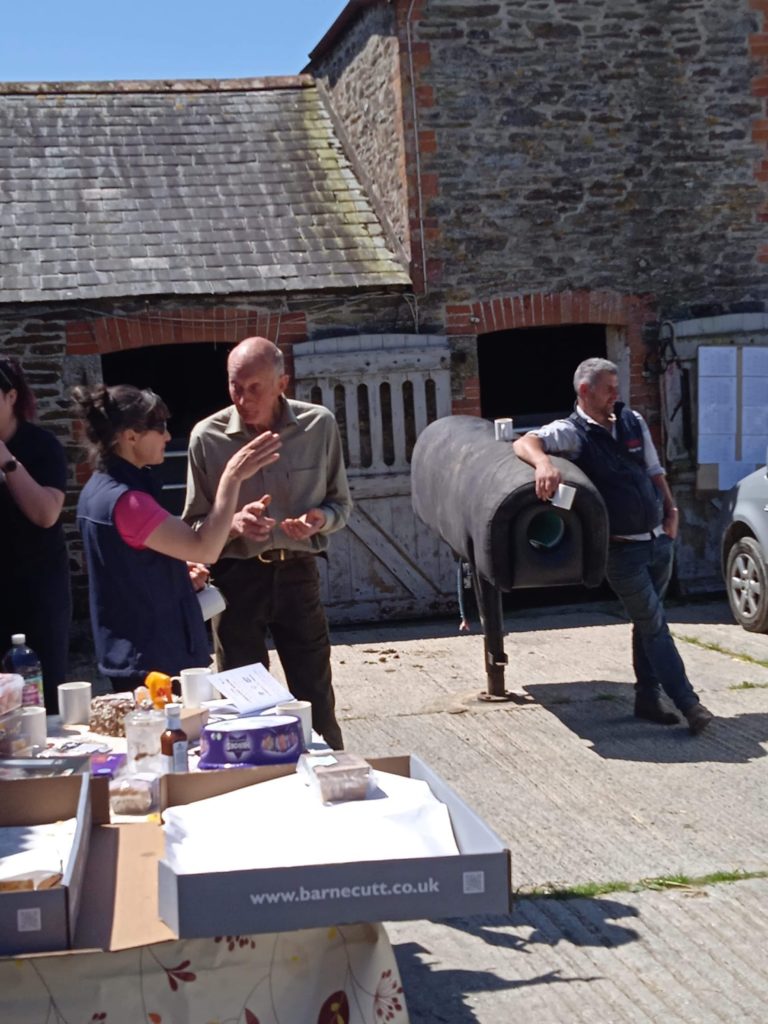Here at Kynaston Dales we prefer to keep the stallions separate from the mares and foals. By not allowing them to run together during the breeding season, we find this allows us to control the covering more effectively; and with a degree of veterinary input, has enabled us to gain success with several sub fertile mares.
Prior to this year we covered most of our mares in hand, teasing the mares and covering every other day when in season. This system works well for most mares whereas we had to adapt it to suit the older mares who often have poor fertility; and the occasional mare who refuses the advances of the stallion.
Our vet scans this ‘difficult’ mares as they come into season and continues until they are at the point of ovulation.. We then cover them once, at the perfect time in their cycle, reducing the volume post covering fluid that the mare needs to get rid of. We scan again 24 hours later to check for ovulation and any fluids in the uterus. We use a combination of oxytocin and low volume lavagne to remove excess uterine fluid. The increased veterinary input of this system has allowed us to get mares in foal who have previously been written off as infertile.
We routinely scan all mares 15 days past covering, this ensures that we spot any twin pregnancies and can deal with them, this also means we are ready to deal with any empty mares as soon as they come make into oestrus. A second scan at 28 days is then done to check for a heartbeat and a viable pregnancy.



In 2022 we invested in a dummy mare and AV for the stallions. Both of them took to it almost immediately, meaning that we can now collect semen for artificial insemination. The benefits of this approach are obvious as it removes the potential danger of I jury to the mare, stallion or handler during the covering process. We use an ‘isperm’ to check each ejaculate as it is collected. This allows us to check the concentration and motility of the sperm and quickly spot any potential problems of the sperm production of the stallions. We have copied the system used by sports horse breeders for decades. The mare owners notify us when their mares are ready for insemnation. We collect from the stallion, extend and chill the semen then send via Royal Mail for next day delivery. Their vet then insmenates the mare the following day. We have found high volumes of success using this method which we will continue to offer this year.
The success of AI in the Dales pony, like nay other equine is time crucial which relies on the services of an experiences reproduction vet for your mare. Due to the size of the mares, scanning is straight forward compared to other native ponies; the stallions are relatively easy to train to use the dummy and an AV where the semen can be chilled and transported well. We believe that AI will help improve the genetic diversity of our breed by increasing the number of individual stallions that are available to mare owners. Mares can be scanned and covered at home, removing the need to transport them to stud. This is especially important when mares have young foals at foot. Semen can be easily sent throughout the country so geography and cost of transporting horses is no longer a factor to consider.
We would be very happy to accept visiting stallions for dummy training and stand for them for AI. Feel free to get in touch if this is of interest.